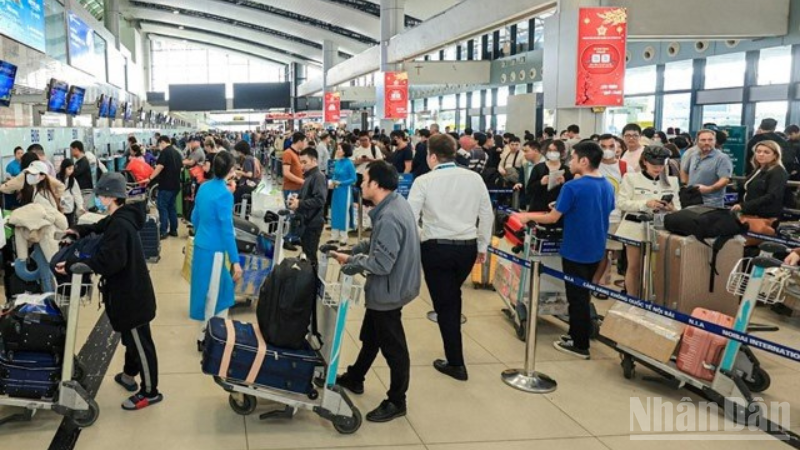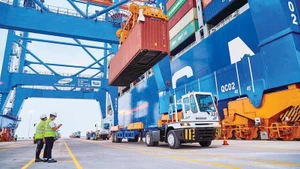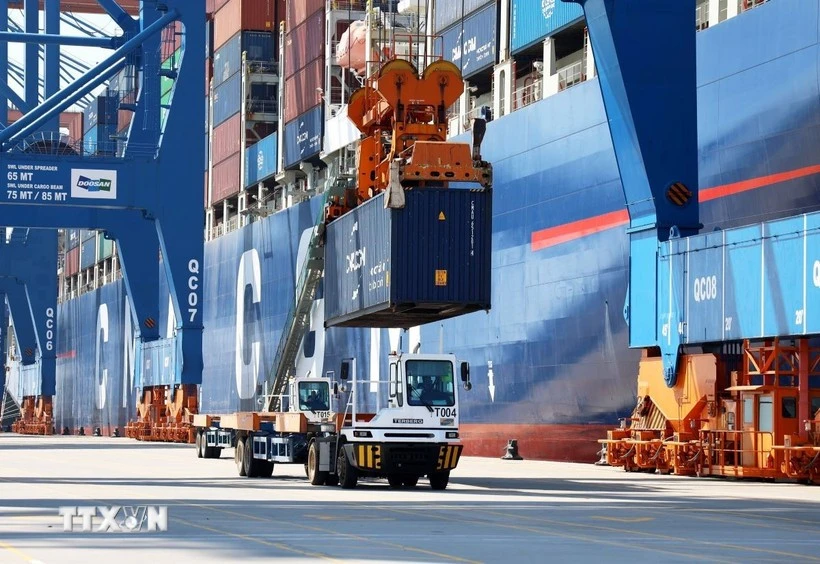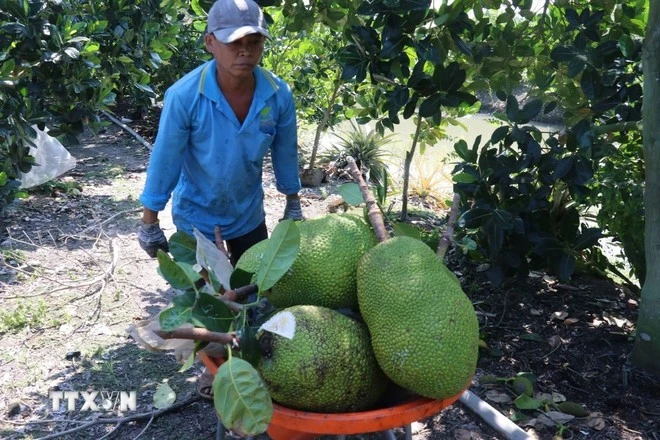According to the statistics, the total number of passengers across the market reached 41.3 million in the first half of 2025, up 10% year-on-year. Of this, international passengers accounted for 23 million, a 13% increase, while the domestic market saw 18.4 million passengers, up 7%.
In terms of cargo transport, the total volume reached 695,700tonnes, marking a 14.6% rise compared to the same period last year. International cargo accounted for 580,000 tonnes (up 17.7%), while domestic cargo reached 115,700 tonnes (up 1.3%).
Passenger traffic through airports totalled 59.7 million in the first half of the year, an increase of 9.1% compared to the first half of 2024. This included 22.9 million international passengers (up 12.9%) and 36.8 million domestic passengers (up 6.9%).
For cargo, airport throughput reached 811,400 tonnes, up 12.5% year-on-year. Of this, international cargo accounted for 580,000 tonnes (up 17.7%), and domestic cargo reached 231,400 tonnes (up 1.3%).
Viet Nam’s airlines transported 28 million passengers in the first half of 2025, a decline of 7.3% from the same period last year. However, international passengers increased to 9.6 million (up 8%), while domestic passenger numbers remained steady at 18.4 million (up 7%).
In cargo transport, domestic airlines handled 223,600 tonnes, up 6.2% year-on-year. This included 108,000 tonnes of international cargo (up 12.1%) and 115,700 tonnes of domestic cargo (up 1.3%).
These positive figures indicate a steady recovery and growth trajectory for Viet Nam’s aviation industry, particularly in international transport, following the disruptions caused by the pandemic and global instability.
















